The Organic Journey of Chow Chow: Cultivating Success on the Sirumalai Hills
Cultivating on hills is far more challenging than in flats. Despite this, a large number of farmers have persisted in farming in the steep areas. It's because crops grown in plantations are more expensive than those grown on plains.
Chow Chow is a significant crop grown on plantations. It is known by the common name Chayote (Sechium edule). It grows in a makeshift framework held up by poles (pandhal). Because it requires less labor-intensive work, the majority of farmers choose to cultivate it.
Palanisami and Palanivel have been organically growing chow chow on 25 acres of land in the Sirumalai hills of the Dindigul district. On a lovely morning when the breeze was cool and the light, we met Palanisami.
Our hometown is close to Oddanchatram. There, we were growing vegetables. Then, we began cultivating the land we had purchased here in Sirumalai. When we originally purchased the site, it was overgrown with brush. After clearing them, we began to cultivate. Bananas are well-known in Sirumalai. I decided to start with a banana. It made a fair amount of money. But a disease attack caused it to be destroyed. Only then did we decide to pursue the production of chow chow.
We planted chow chow on a total of twenty-five acres—ten of our own and fifteen of leased property. Iron threads, a wooden stem support, and stone pillars make up the pandhal structure. Palanisami then led us inside the garden. "In the beginning, we cultivated using chemicals. A scientist named Mr. Soundararajan from the Thandikudi-based "Coffee Board" visited our neighboring garden two years ago.
He also came to our farm. He made the suggestion, "Why are you wasting your money?" after surveying the property. The usage of chemicals in cultivation will result in higher costs. He also taught us how to cultivate organically. "It can be done through natural cultivation with very little cost."
After that, we adopted organic farming practices. We have exclusively engaged in organic cultivation for the last two years.
Organic vegetables never lose their shine. Very little skin damage occurs. Only Jeevamirtham and farm yard manure are being used. Pheromone traps are how we keep nuisance insects under control. Palanisami then gave us the specifics of her salary. A single pit containing four plants may produce 400 kg of chow chow. An acre of land yielded 80 tones during the most recent harvest. We could harvest roughly two thousand tones of chow chow from the twenty-five acres of land total. Chow chow is offered for between Rs 5 and Rs 10 per kilograms. This year, we were only able to obtain Rs 5. We may completely make Rs. 1 crore with that.
An acre costs 2,50,000 rupees. With 25 acres of total land, the profit after that cost of Rs 62,50,000 might be Rs 37,50,000.
We provide them at the regular market. Therefore, the fact that it is organic doesn't come with a price increase. We will be able to make more money if the market price increases. We say our goodbyes to him.
Palanisami presented the specifics of growing chow chow on 1 acre of land.
Leave ten feet of space in the selected area so that you can build a pandhal. You will do this by placing wooden stems inside and stone pillars outside, all of which will be connected by iron strings. Next, excavate a pit that is one foot deep and four feet square. Every pit must have a 9-foot space between them. Fill each pit with soil after adding 100 kg of farm yard manure that has been enriched with nutrients. Next, use your hands to dig a tiny pit, plant four chow chow seeds in it, cover them, and add water. The amount of moisture in the soil can determine whether or not to water. Jeevamirtham can be administered once a week via irrigation water (20 liters per acre). Place 50 kg of nutrient-rich farm yard manure in each pit once a month. Regularly remove the weeds. The plant's climbers will begin to crawl on the iron strings fifty days after sowing. Then weeding is not necessary. After eighty days, chow chow can be harvested. Harvesting will commence and last for the following six months. Once every forty-five days, the old, matured leaves should be removed.
In chow chow, fruit flies are frequently observed. Six to twelve pheromone traps can be set up in an acre of land to control them. Herbal insect repellents can be sprayed to ward off insects that damage immature vegetables."It is best to get vegetable seeds outside."
Organic farming of Chow Chow on Sirumalai Hills from Farmersrathna Agri-news
Should these chow chow be left in the pandhal, they will begin to sprout. When sowing, just those vegetable seeds ought to be used. However, if we use seeds from the same cultivation location, the yield will be lower. As a result, it is preferable to purchase seeds from outside each time we intend to plant them.
Our local farmers source their seed from the Mettupalayam region. I sell seeds to farmers in Thandikudi and Pannaikadu. When the plants are half a foot tall, the seeds can be planted, grown in a soil bed, and then moved.
-logo.webp.png)
.jpg)
-logo.webp.png)

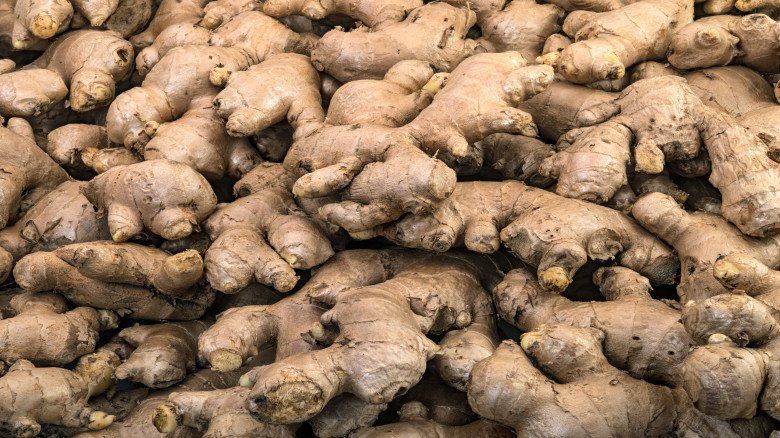

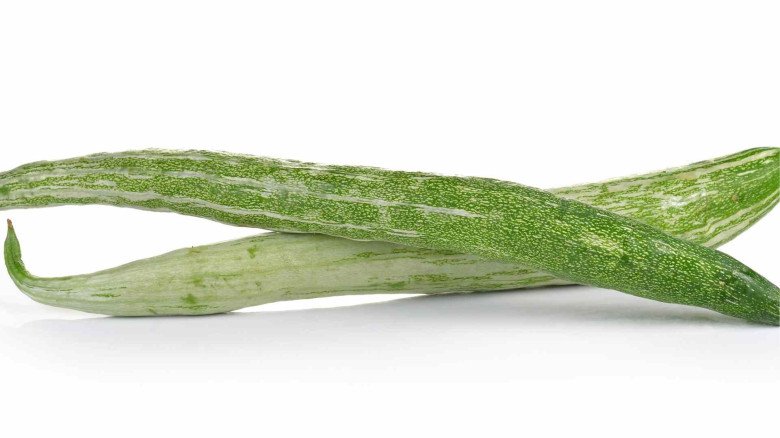





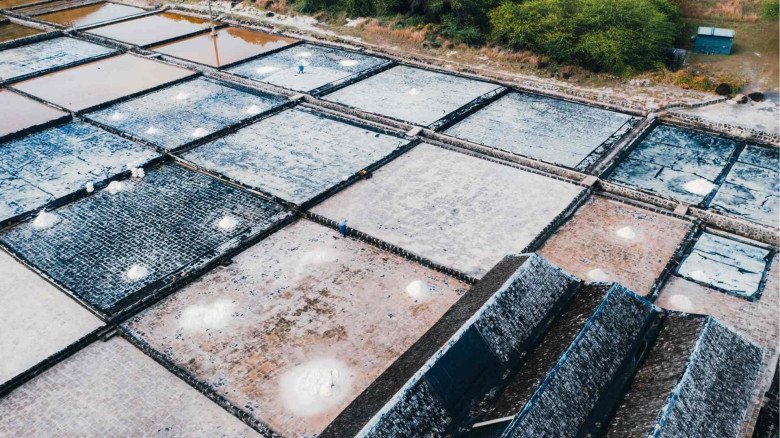









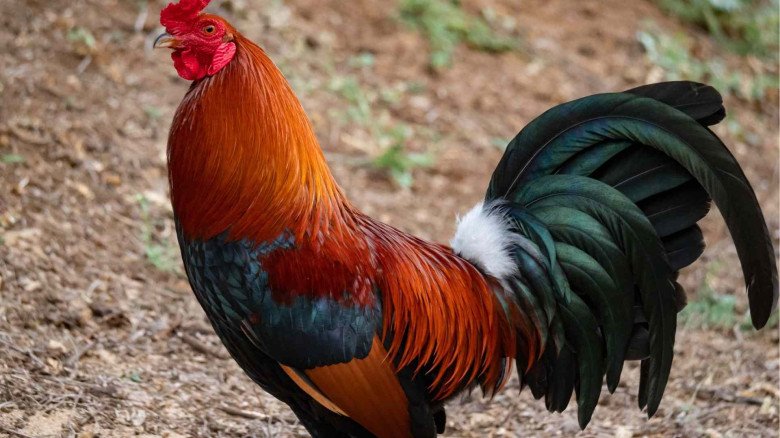













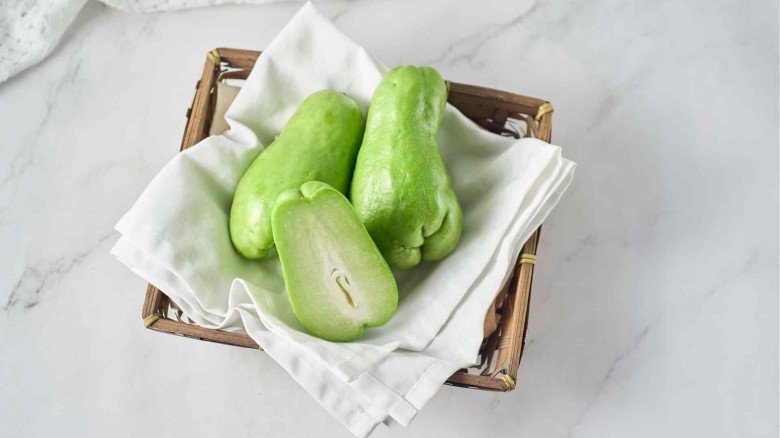
Leave A Comment